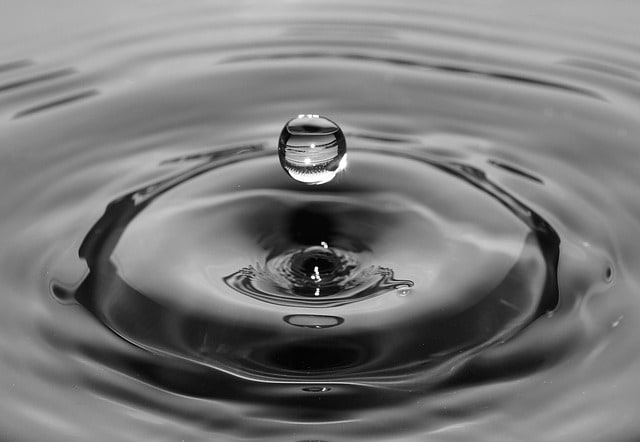Sure, gray water sounds like something worth reusing, but what’s in it exactly? First, let’s draw the line between gray and black.
The key difference between the two is that black water has come into contact with fecal matter. Fecal matter is a haven for harmful bacteria and disease-causing pathogens. Additionally, this waste doesn’t break down and decompose in water fast or effectively enough for use in domestic irrigation without the risk of contamination.Gray water, on the other hand, has not come into contact with solid human waste. This greatly decreases the risk of disease and increases the speed at which it can be broken down and safely reabsorbed into an active garden or lawn.
The line between white and gray, however, comes down to a number of possible additions made in the acts of washing, bathing, cooking and cleaning. Unlike white water, gray water may contain soap particles, fat and oil from cooking, hair, and even flakes of human skin. The exact contents of gray water depend heavily on the household producing it, so if you want to start reusing your gray water, you have to start regulating exactly what you send down the drain.
If the household chemicals in gray water are kept to a minimum, most plants will be able to handle it. You can keep chemical contamination to a minimum by using environmentally friendly, biodegradable soaps and detergents whenever possible.
When everything you send down the drain winds up in your backyard, “environmentally friendly” certainly hits much closer to home. But still, just how much is your rose garden going to like drinking your old shower water?
Source: https://science.howstuffworks.com/
Dear User/Visitor! Please, answer on our questions: tick off one of the positions – your answer will make us able to improve our site and make it more interesting and useful!


